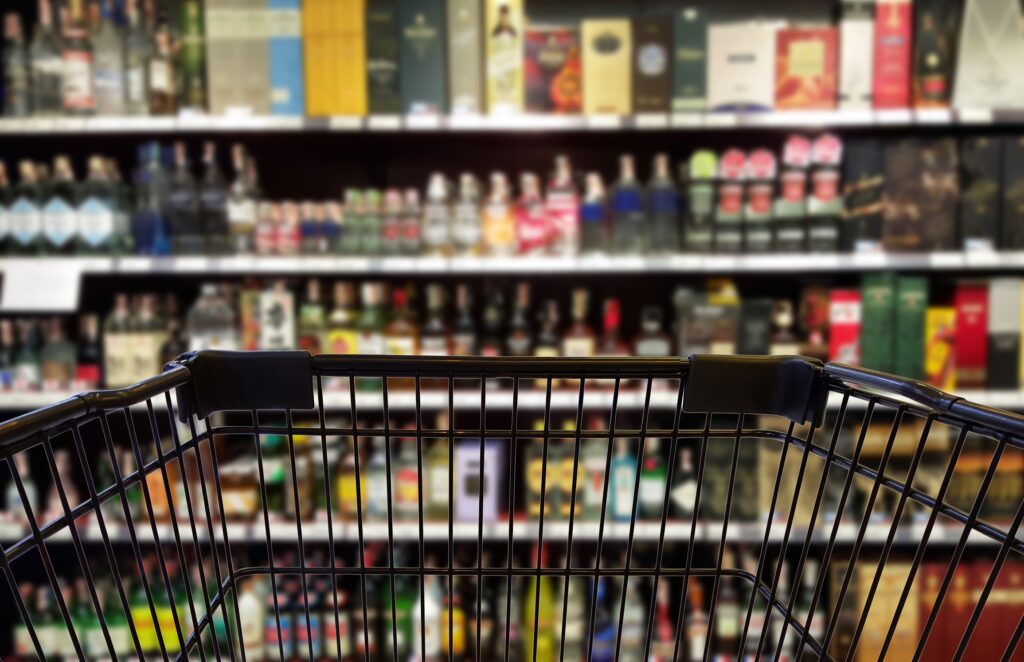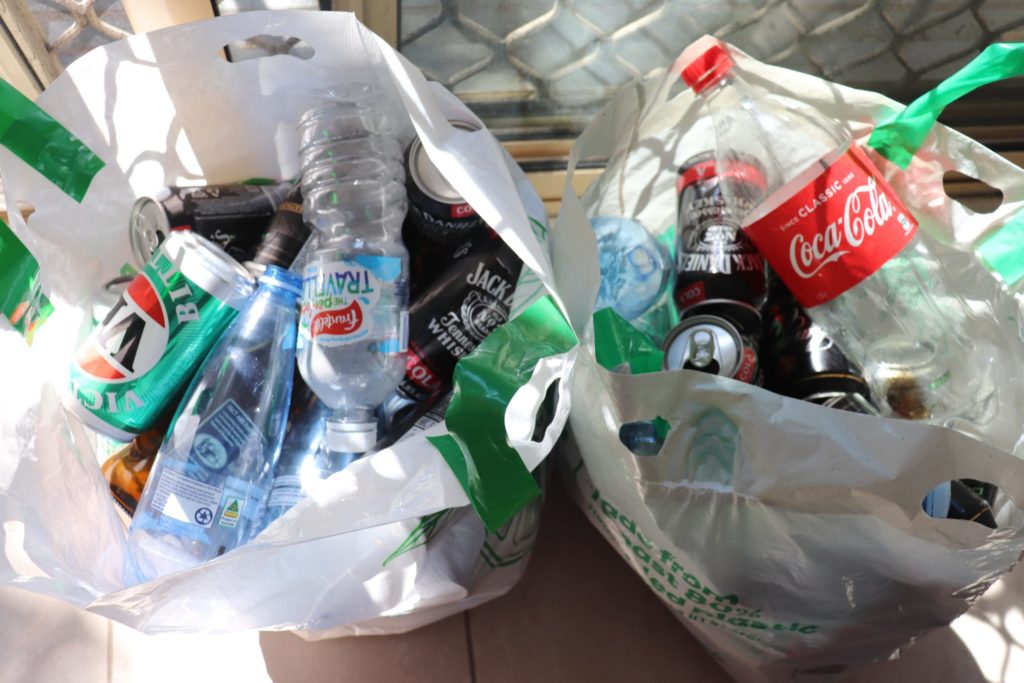Puerto Rico: Storms and savings
- In 1867, “Hurricane San Narciso devastated the island.” (Before reaching Puerto Rico, it caused “600 deaths by drowning and 50 ships sunk” in St. Thomas.)
- In 1899, Hurricane San Ciriaco “leveled the island” and killed 3,369 people, including 1,294 drowned.
- In 1928, “Hurricane San Felipe…devastated the island”…“the loss caused by the San Filipe hurricane was incredible. Hundreds of thousands of homes were destroyed. Towns near the eye of the storm were leveled,” with “catastrophic destruction all around Puerto Rico.”
- In 1932, Hurricane San Ciprian “caused the death of hundreds of people”…“damage was extensive all across the island” and “many of the deaths were caused by the collapse of buildings or flying debris.”
- In 1970, Tropical Depression Fifteen dumped an amazing 41.7 inches of rain on Puerto Rico, setting the record for the wettest tropical cyclone in its history.
- In 1989, Hurricane Hugo caused “terrible damage. Banana and coffee crops were obliterated and tens of thousands of homes were destroyed.”
- In 1998 came Hurricane Georges, “its path across the entirety of the island and its torrential rainfall made it one of the worst natural disasters in Puerto Rico’s history”…“Three-quarters of the island lost potable water”…“Nearly the entire electric grid failed”…“28,005 houses were completely destroyed.”
- In 2004, Hurricane Jeanne caused “severe flooding along many rivers,” “produced mudslides and landslides,” “fallen trees, landslides and debris closed 302 roads” and “left most of the island without power or water.”
- And in 2017, as we know, there was Hurricane Maria (closely following Hurricane Irma), with huge destruction in its wake.
These are some of the worst cases. On this list, there are nine over 150 years. That is, on average, one every 17 years or so.
All in all, if we look at the 150-year record from 1867 to now, Puerto Rico has experienced 42 officially defined “major hurricanes”—those of Category 3 or worse. Category 3 means “devastating damage will occur.” Category 4 means “catastrophic damage will occur.” And Category 5’s catastrophic damage further entails “A high percentage of framed homes will be destroyed…Power outages will last for weeks to possibly months. Most of the area will be uninhabitable for weeks or months.”
Of the 42 major hurricanes since 1867 in Puerto Rico, 16 were Category 3, 17 were Category 4 and 9 were Category 5, according to the official Atlantic hurricane database.
Doing the arithmetic (150 years divided by 42), we see that there is on average a major hurricane on Puerto Rico about every 3.5 years.
There is a Category 4 or 5 hurricane every 5.8 years, on average.
And Category 5 hurricanes occur on average about every 17 years.
There are multiple challenging dimensions to these dismaying frequencies–humanitarian, political, engineering, financial. To conclude with the financial question:
How can the repetitive rebuilding of such frequent destruction be financed? Thinking about it in the most abstract way, somewhere savings have to be built up. This may be either by self-insurance or by the accumulation of sufficiently large premiums paid for insurance bought from somebody else. Self-insurance can include the cost of superior, storm-resistant construction. Or funds could be borrowed for reconstruction, but have to be quite rapidly amortized before the next hurricane arrives. Or somebody else’s savings have to be taken in size to subsidize the recoveries from the recurring disasters.
Is it possible for Puerto Rico to have a long-term strategy for financing the recurring costs of predictably being in the way of frequent hurricanes, other than using somebody else’s savings?
Image by JEAN-FRANCOIS Manuel






